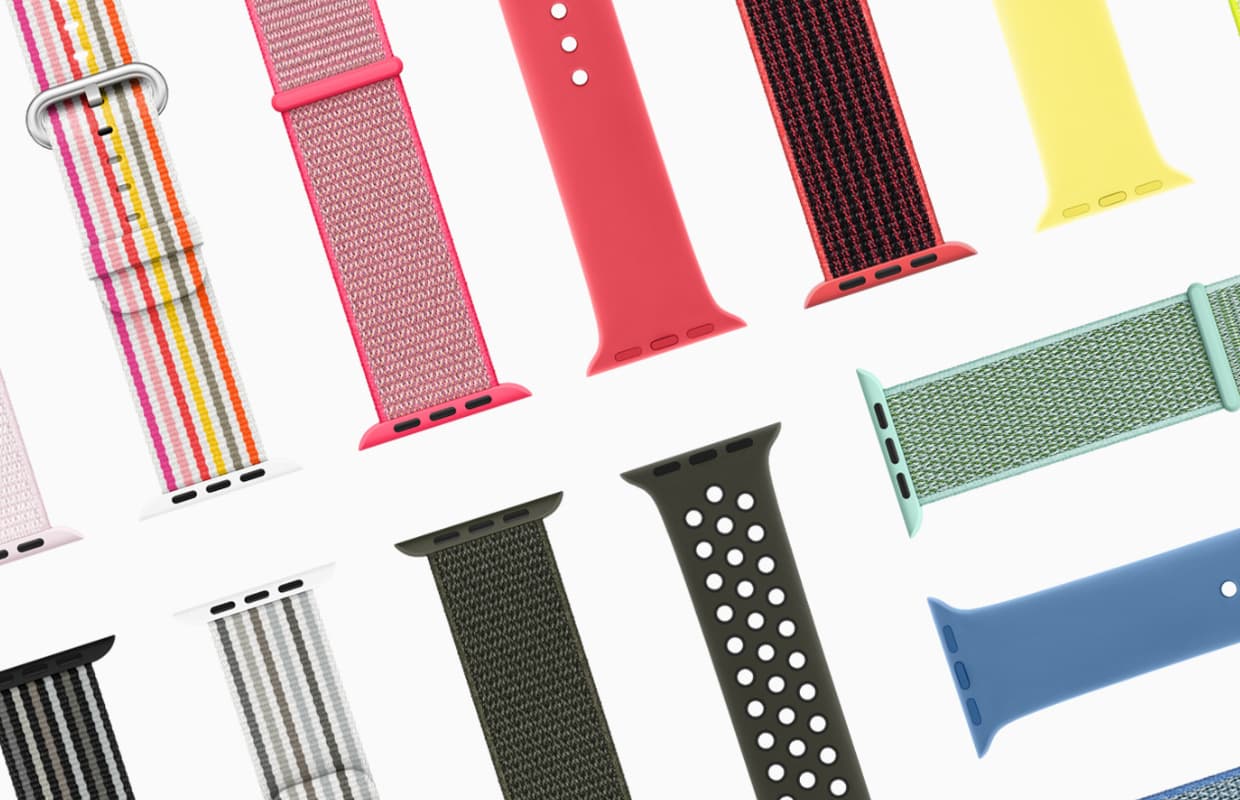Apple Watch bands are stylish and practical, but they can be an unexpected risk. This is what you need to know about it.
Research into smartwatch bands
Smart watches such as the Apple Watch are an extremely practical companion for many people. They indicate time, measure your heartbeat and keep you in contact with friends and family. However, a 2023 study suggests that at least the bands of Smartwatch can do even more. Namely, host a lot of harmful bacteria.
Smartwatch bands: 500 copies investigated
Now is Apple already negative in the news With its Apple Watch bands, because they contain harmful substances. But under the leadership of Dr. Lydia Rosenstein conducted a team of microbiologists from the University of California, Berkeley, a much more important research out. Over a period of six months, they collected samples of 500 smartwatches and other bands that were worn by people of different age groups, lifestyles and climates.
Microbial samples were taken from the surfaces of these wearables using cotton swabs and then grown under laboratory conditions that were optimized for bacterial growth. As soon as the bacterial colonies were established, advanced molecular techniques and sequencing were used. This allowed the researchers to identify specific types of the bacteria present.
Additional checks supervised the research, for example, to ensure that participants do not disinfect their wearables and smartwatch poles a week before the sampling. Possible outside contamination was also taken into account.

What the researchers have discovered
The result sounds unpleasant. The team of scientists discovered bacteria at around 95 percent of the testers tested. These were not just innocent microorganisms. Various harmful bacteria were also found, such as Staphylococcus Aureus, which causes skin infections, and Corynebacterium, which is associated with unpleasant odors. Traces of micrococcus were also present. The bacteria can lead to different skin problems.
All these pathogens thrive in a moist environment and can quickly multiply under the right circumstances. However, the type of material of a fitness tracker or smartwatch wristband plays an important role in this, according to the researchers in their research. In this context, they emphasized rubber and plastic copies, which were identified as the biggest culprits with the highest infection rates.
Tips for buying a smartwatch or wristband
So if you want to buy a new smartwatch or replace the strap, it is advisable to first collect information about the material and check whether it is easy to clean and disinfect. Because the straps of most watches and wearables can be replaced, it is no problem to ignore the plastic straps.

Download the iPhoned app
